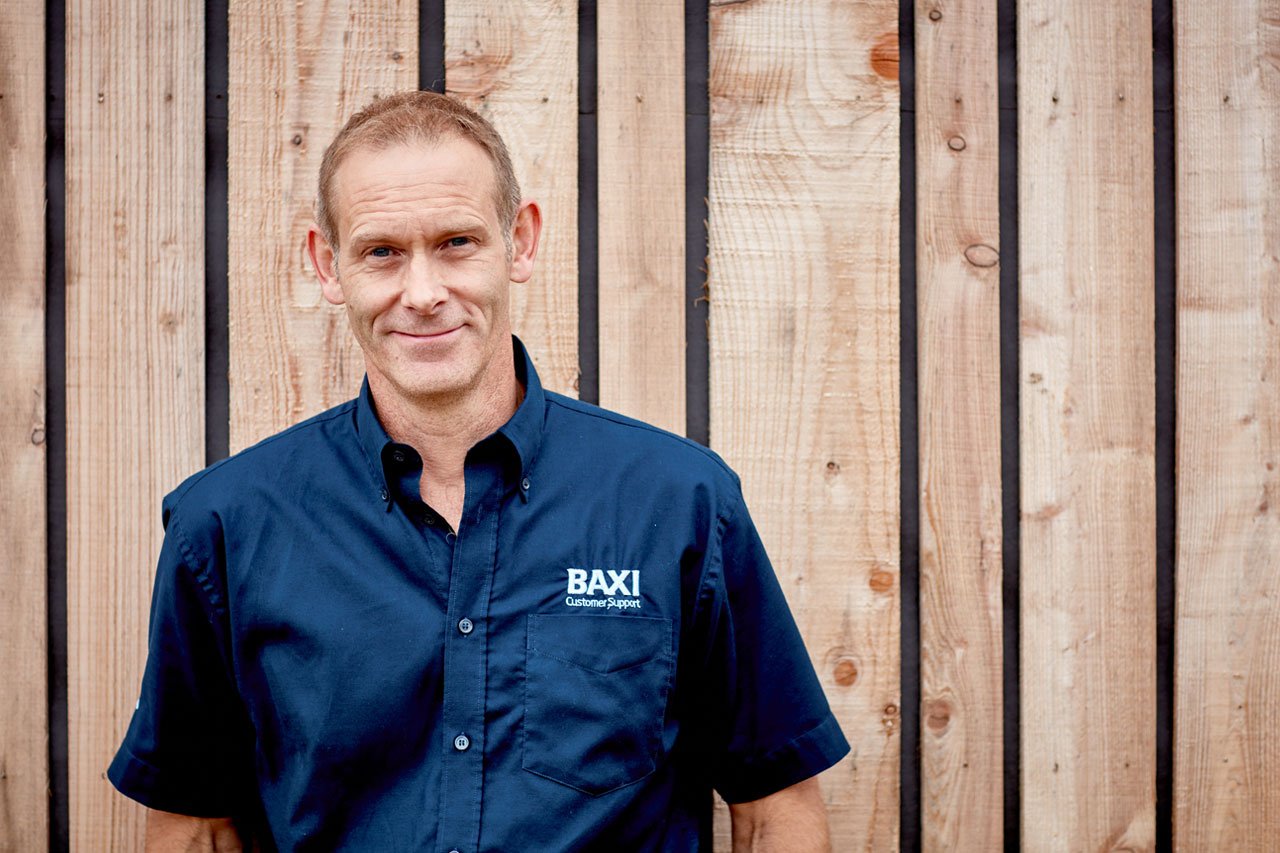
Decarbonisation and Affordability of Heat - A Phased Approach
We’re guiding social housing and new build housing providers towards achieving net-zero carbon emissions by 2050.
Download our multi-strand, phased approach handy guide, which combines our complete range of heating and hot water solutions with expert advice.
Our guide takes you through the four phases of de-carbonisation of heat.
- Get your properties' fabric up to standard
- Start planning ahead and get properties ready for low-temperature heating
- Upgrade what you have today with add-ons that help to reduce energy usage
- When the time's right, make bigger long-term improvements
We'll help you plan ahead, weighing up budget considerations and the needs of the end-user, to decide on the right solutions at the right time. We're your partner on the road to decarbonisation with over 150 years' experience behind us, customers don't just come to us for a product; they come to us for experience, guidance and expertise.
Decarbonisation and Affordability of Heat
Download the full guide now
Specifiers and Social Housing
At Baxi, we pride ourselves in developing long-lasting partnerships with developers, to fully understand their needs and ensure we deliver reliable and cost-effective heating and hot water solutions.
Get More
Sign up to 'get more' from across all the Baxi brands - Remeha, Andrews Water Heaters, Potterton Commercial and Heatrae Sadia. Including being the first to know about new products and services, industry legislation, promotions and more!




